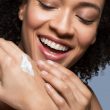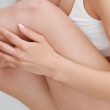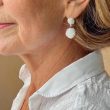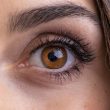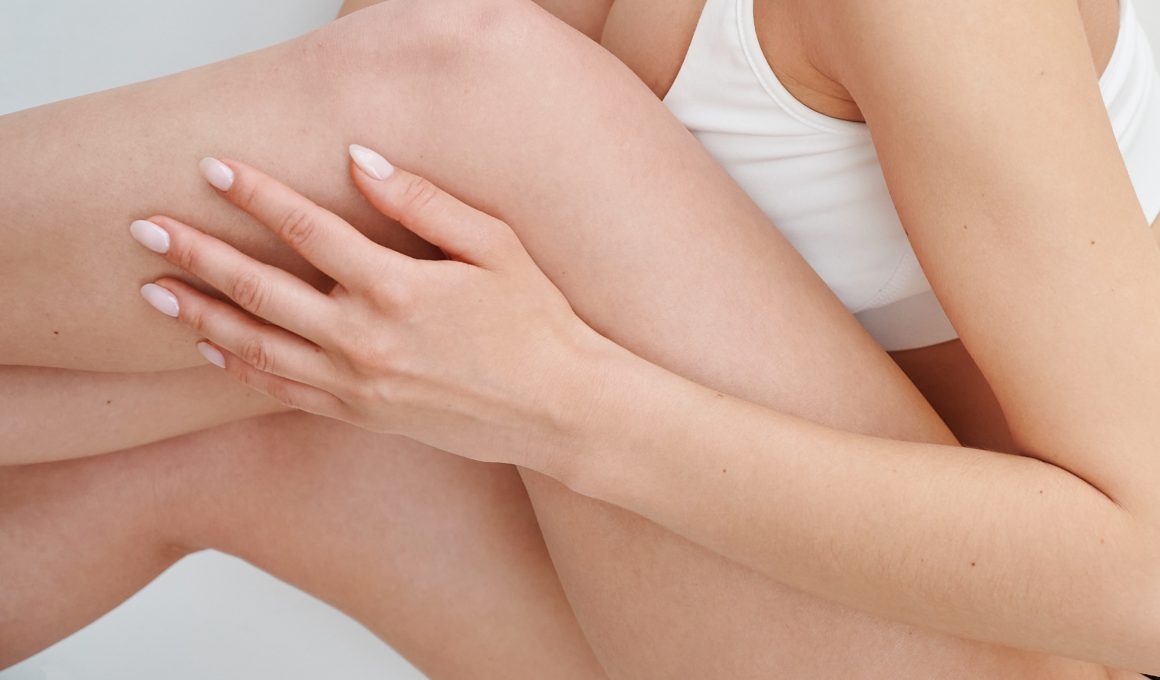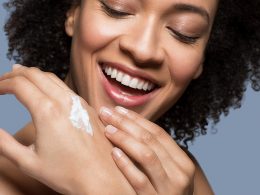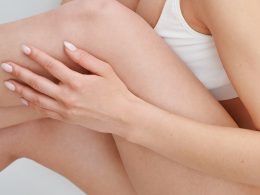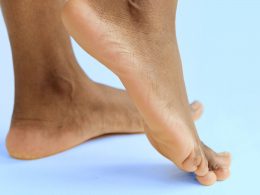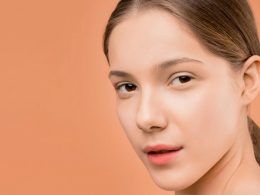Do you have dry legs, full of cuticles, maybe with spots or blackheads? Here are some natural cosmetics to use and what you need to do to improve the situation and have smoother, more beautiful legs!
remedies for Dry leg skin
The first major problem common to almost everyone is having dry leg skin. 🔔 What are the signs that the skin on the legs needs moisturizing? Dry skin is rough to the touch, thick and uneven, whitish due to the layer of dead skin cells on the surface, sometimes with cuticles, and because of this it looks duller, as if “suffocated,” and lacks radiance.
☀️ It happens in summer because sun exposure, heat, frequent washing, bathing and showering, and contact with sand, salt and chlorine tend to stress the skin and dry it out. The result is dry, dehydrated, rough-textured and cracked legs.
❄️ In winter, skin naturally tends to be drier due to cold weather, temperature changes, friction with clothes and socks, and showers that are too hot.
🍂 What about in the fall and spring? Well, the change of seasons always puts a bit of a strain on the skin, and if during the summer or winter you didn’t take* care of it, the situation in the midseasons will be more “sahara effect” than ever 😅
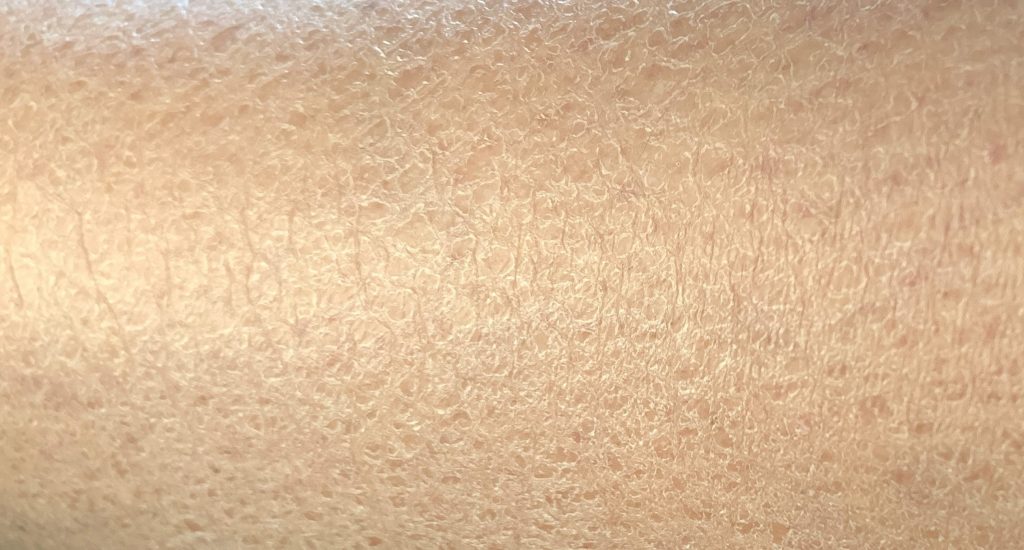
Dry skin: what to do to have beautiful legs?
First you need to remove dead skin cells, exfoliate and smooth the skin, and then moisturize and nourish it. Keeping your legs well moisturized is essential for beautiful and healthy skin!
The key products in this operation are body scrub and body cream. In the next few paragraphs we explain exactly how to do this. Read on! 👇
Dry and scaly leg skin: remedies for beautiful legs
🏜️ Besides being dry, does the skin on your legs peel? Yes, this can happen. What are the causes? Leg skin flaking can depend on many factors, including genetics or disease (if you suspect it always consult a dermatologist first), and aging, but the most common cause is severe dehydration.
👉 How to recognize it? Dehydrated skin looks whitish and cracked, much less elastic, the surface more “tight”, you may have a “pulling” skin feeling. When the top layer of skin becomes completely dry, the first scales begin to form and peel off, and the skin becomes almost “powdery.” Some people describe it almost like “dandruff on the legs.” You may also feel an itchy sensation.
What are the consequences? Dehydration affects the protective function of the skin and its ability to defend itself against external agents, the weather, harmful or aggressive substances, and to retain water in the tissues. This in turn causes irritation, inflammation and loss of elasticity and tone.
👉 But what to do? If you have dry and flaking leg skin, first you need to:
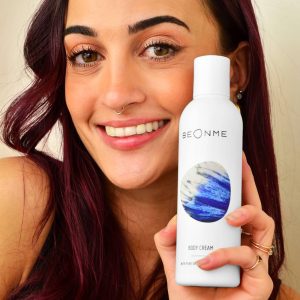
- Cleanse with a gentle, balancing, nonaggressive shower gel.
- Then remove dead cells and dry layer with body scrub.
- And finally, help the skin’s barrier function by nourishing it with a rich, super moisturizing body cream, preferring high-quality formulas with emollient and elasticizing ingredients such as vitamin E, nourishing plant oils, and chamomile and mallow, which are soothing.

Read on to find out how to use body scrub correctly and not make mistakes!
How to have beautiful smooth leg skin
To remove dead skin from your legs use body scrub! This product is essential for having beautiful legs.
We answer all your questions below to help you make the best use of it and learn how to smooth leg skin! 👇
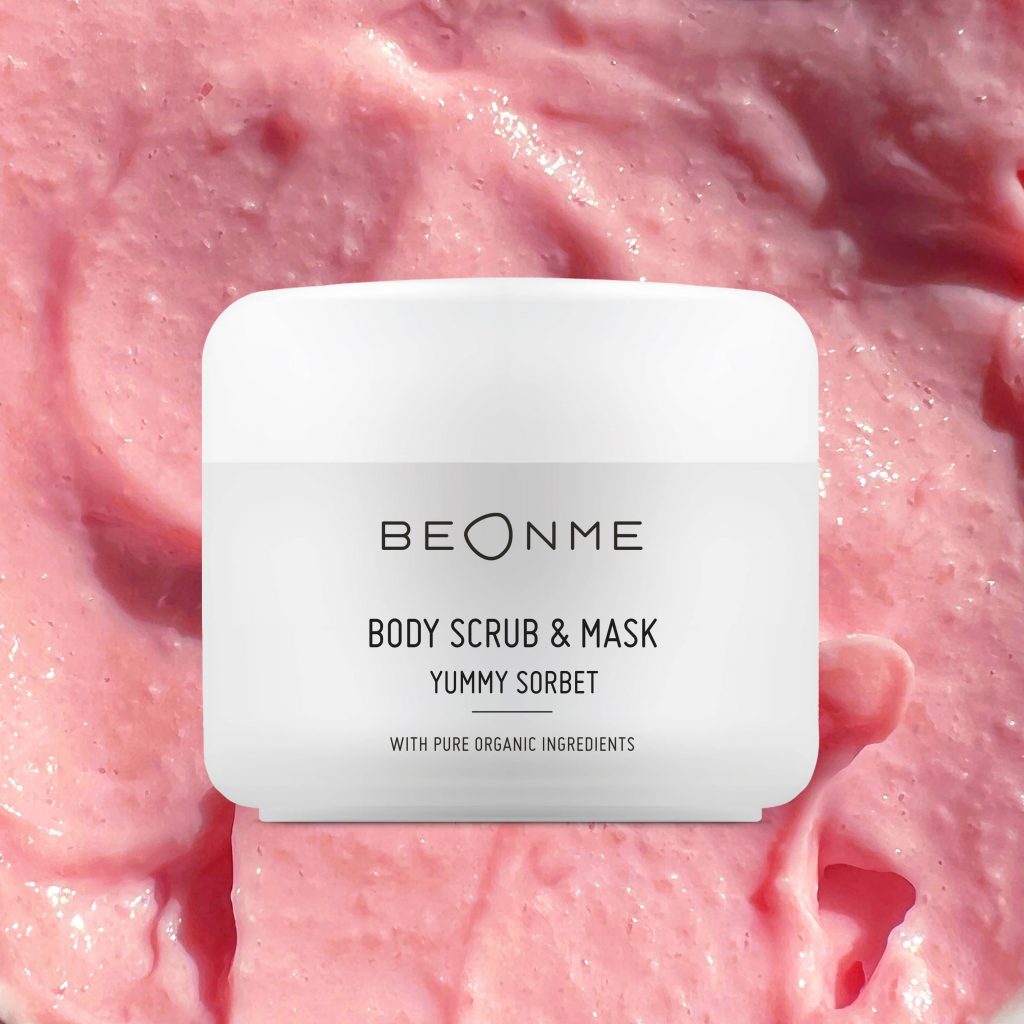
Body scrub, what is it for?
The body scrub is to remove dry skin, dead skin cells and peels, even out uneven and rough grain, smooth and exfoliate the skin and make it instantly cleaner, softer and brighter!
The exfoliating effect will also help you lessen the visibility of spots, dots and discolorations.
Massaging the granules on your body, will also help you to promote fluid drainage, improve microcirculation and thus also somewhat tone and improve the overall appearance of your legs! A real must-have then, isn’t it? 😍
How to choose body scrub to have beautiful legs?
🌿 We recommend that you choose a natural body scrub, preferably certified organic, free of microplastics and therefore with natural granules, so that you apply a product that is good for your skin and the environment.
Choose a formula with functional actives that not only give you the mechanical exfoliating action given by rubbing the granules into the skin, but at the same time release all their moisturizing and nourishing properties onto the skin for a beauty plus. Like: when you scrub, do it right! 😎
If you have sensitive skin, prefer formulas with certified natural fragrances and that combine effectiveness and gentleness, because yes, you can have a performing product and at the same time not irritate your skin!
The best body scrub for beautiful legs
How to exfoliate the skin of the legs? At BeOnMe, we have created the perfect scrub to improve leg skin: a dual-action “scrub + mask” body product! 🥳
The Yummy Sorbet Body Scrub & Mask, a natural, certified organic and vegan body scrub, helps you remove dry skin from your legs thanks to its double granules, made of silica and cellulose, which remove the dry layer, remove the dull patina, and smooth the skin on your legs in a gentle and incredibly effective way!
You can also use it as a body treatment by leaving it on for 5 minutes, because it contains a concentrate of good anti-aging oils that will intensely nourish and moisturize your skin launching it super soft and smooth!
👉 For you who read the Magazine, -15%, with the code: MAGAZINE15, visit the BeOnMe shop!
How to use the scrub on your legs?
If you use BeOnMe body scrub, we recommend using it 1-2 times a week. Go ahead and use it on dry skin since its special micro-spheres do not irritate and it contains so many good actives that are worth coming concentrated to your skin with all their properties.
Massage the scrub into the skin of the legs, but also of the back, abdomen, arms, elbows, hands, ankles and feet, with circular and gentle movements, preferably done from the bottom up to help circulation. You’ll see how it will help you even out the appearance of your skin and get rid of scales and skin!
Then add some water and keep massaging and finally rinse well. If you want, finish with an invigorating cool water shower to end your beauty treatment!
can i scrub before waxing?
🕓 Yes, you can do body scrub before waxing or shaving, in fact it is recommended, because it will help you remove ingrown and suffocated hairs under the dry layer more easily. Do the body scrub five hours beforehand. Or the day before if you have particularly sensitive skin.
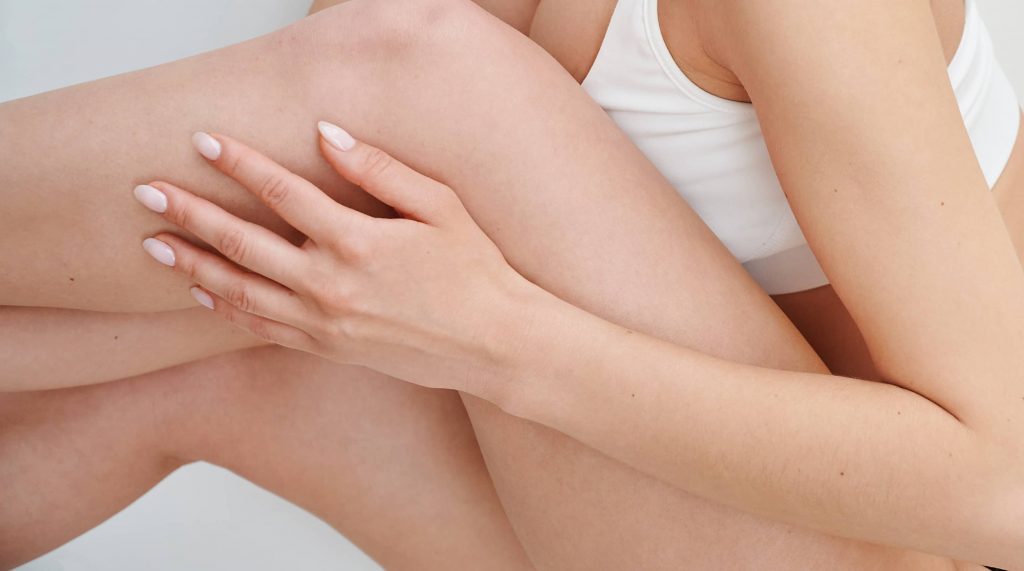
What scrub to use when you get a tan?
Does the scrub take away your tan? But no, not at all, don’t worry 😉 In fact, using scrub even in summer is a good habit you should incorporate into your routine, because beautifully hydrated and smooth skin will receive a more even tan. Using the scrub consistently will also make your tan shine even brighter and help you maintain that beautiful golden color for longer!
Which scrub to use? One that is effective and gentle, yet nourishing, just like our Yummy Sorbet Body Scrub & Mask. It also gives a fresh feeling when you apply it, so perfect in all seasons, even in summer!
⚠️ Important: After scrubbing, remember to always apply moisturizing Body Cream!
How to moisturize your legs
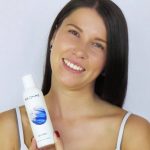
How to moisturize dry leg skin? To have soft and glowing skin, after scrubbing, it is essential to apply body cream to deeply moisturize and nourish the skin.
✨ We recommend BeOnMe Body Cream, which is rich in flowers, natural oils and vitamin E, the best to leave your skin supple and young!
Apply it from the bottom up in gentle, circular motions. Give yourself a moment of well-being, your skin will benefit! 😊
Ingrown hairs on legs
Ingrown hairs are an annoying problem that often afflicts young people and adolescents, but also adults 😤 They can occur anywhere, especially on areas subject to shaving and epilation, such as the groin, legs, and, in men, even the face after shaving or the chest after waxing or razor blades. Sometimes they can be associated with folliculitis. Read on to understand more! 👇
Ingrown leg hairs: causes
The main cause of having ingrown hairs on the legs is shaving, but why?
Ingrown hairs form, on the one hand because the blade cuts the hair to a point, often creating unnatural edges or a point so sharp that the hair “opens a way” out unnaturally by growing sideways or backward.
On the other hand, ingrown hairs grow because, when we shave the skin, we often “tense” the skin with our hands to try to make the operation easier. And what happens in this case: when we “release” the skin, it returns to its original position and the cut hair “withdraws”, re-entering the skin.
When it grows, to get out, it often finds its way obstructed by the very small scars that form as a result of shaving and/or by accumulations of dead cells and dry skin. The hair, finding the way closed, grows under the skin causing inflammation, itching and burning that sometimes also lead to the formation of pimples inflamed with pus, called papules. They also often cause scars and blemishes.
And what about hair removal? The hair is completely removed, but even then, dead skin cells, dry skin and impurities often accumulate and obstruct the way out of the hair.
Ingrown leg hairs: how to get rid of them
To get rid of ingrown hairs when they have already formed, we recommend that you consult your dermatologist. Removing them with tweezers and disinfectant might be a solution, however, this method can result in infection and make the situation worse. In other cases, drug treatment is necessary, which can only be prescribed by a doctor.
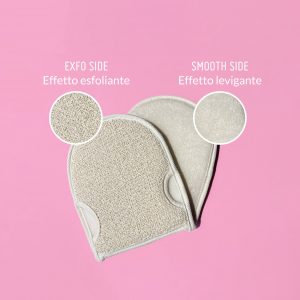
👍 The best way to have smooth, beautiful legs without ingrown hairs is to act in advance and prevent them!
In order to reduce the risk of ingrown hairs, we suggest exfoliating your skin with a great body scrub: this will eliminate dead skin and skins and rid the skin of debris that obstructs the way out of pores.
✨ Using the exfoliating glove consistently is also a great idea to combat ingrown hairs!

Other precautions to avoid ingrown hairs are to prepare the skin for hair removal, softening it with warm water and always proceeding on damp and never dry skin! At the end of shaving, it is very important to keep the skin soft and moisturized by always applying body cream.
Finally, we recommend that you alternate your hair removal methods, so that you can avoid ingrown hairs as much as possible!
👉 For you who read the Magazine, -15%, with the code: MAGAZINE15, visit the BeOnMe shop!
Folliculitis on the legs
What is folliculitis
Leg folliculitis is an inflammation of the hair follicles, which are at the root of each hair. It is almost always due to an infection with:
- bacteria (bacterial folliculitis), fungi, viruses and parasites
- but also by obstruction of the way out of the regrowing hairs
- Irritation
- skin diseases or acne, some people in fact suffer from leg acne
- Lesions
- also from insect bites
- or, non-infectious, from abrasions or frictions, e.g. of the fabric of the clothes on the skin
- or from excessive sweating
👉 How do you recognize it? It appears in the form of pimples, it can appear in any area of the body that has hair.
✅ What remedies to use for leg folliculitis and how to treat it? First of all, talk to your dermatologist. In addition to the treatment that he will prescribe according to the type of folliculitis you have developed, follow these tips to reduce and prevent it:
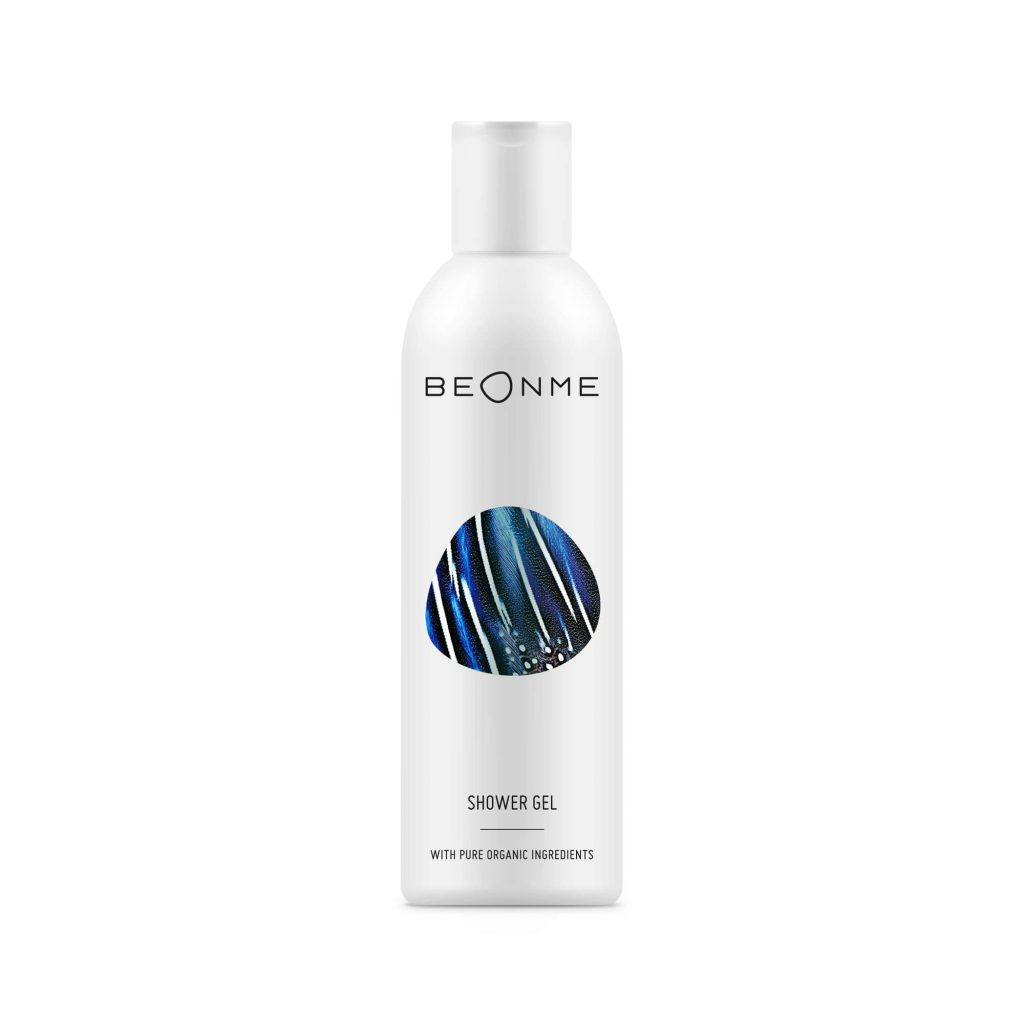
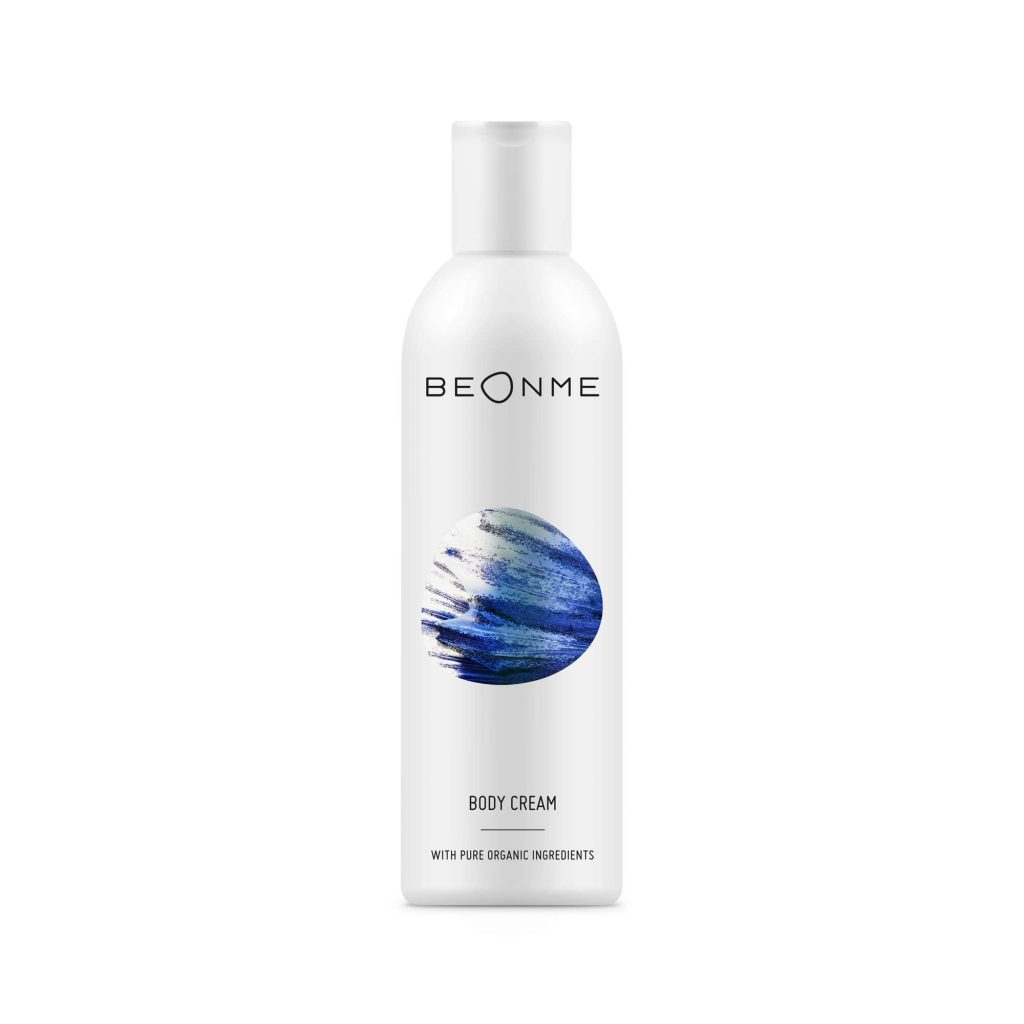
- Take care of your hygiene, cleanse your skin properly and keep it clean, using non-aggressive and rebalancing products, such as BeOnMe natural shower gel with chamomile hydrosol.
- Clean the skin of your legs well before removing hair, using a razor or epilating hair, and also when finished. And keep the accessories themselves clean, so razor, epilator and tweezers, in order to avoid the proliferation of bacteria.
- Wear clothes that are not very tight and do not cause friction with the legs, so also pay attention to socks!
- Avoid putting yourself in a position to sweat a lot immediately after shaving your legs.
- Do not shave areas with infections.
- Do not scratch, touch, or burst pustules.
- Prevent sebum buildup on your skin by exfoliating it regularly and using a body scrub to remove impurities and debris that could hinder hair regrowth.
- Keep your skin supple and hydrated by consistently using body cream.
Stains and dots on the legs
Brown spots on the skin of the legs
This problem is called hyperpigmentation and is due to the excessive production of melanin which causes the appearance of dark spots of a more or less intense brown color.
Spots on the legs are very common, they can be caused by many factors, including sun exposure, genetics, poor hair removal, hormones, skin 👇 inflammation
How to treat blemishes on the legs?
Among the most famous natural and home remedies are lemon juice and aloe. The former helps to lighten blemishes, the latter, often used to reduce the visibility of scars, wounds and sunburns, helps to moisturize and soothe the skin, although it has not been proven to lighten dark spots.
👉 Very important to use 1-2 times a week, on the other hand, is the body scrub which, by exfoliating the skin, promotes cell turnover and therefore helps the skin to regenerate!
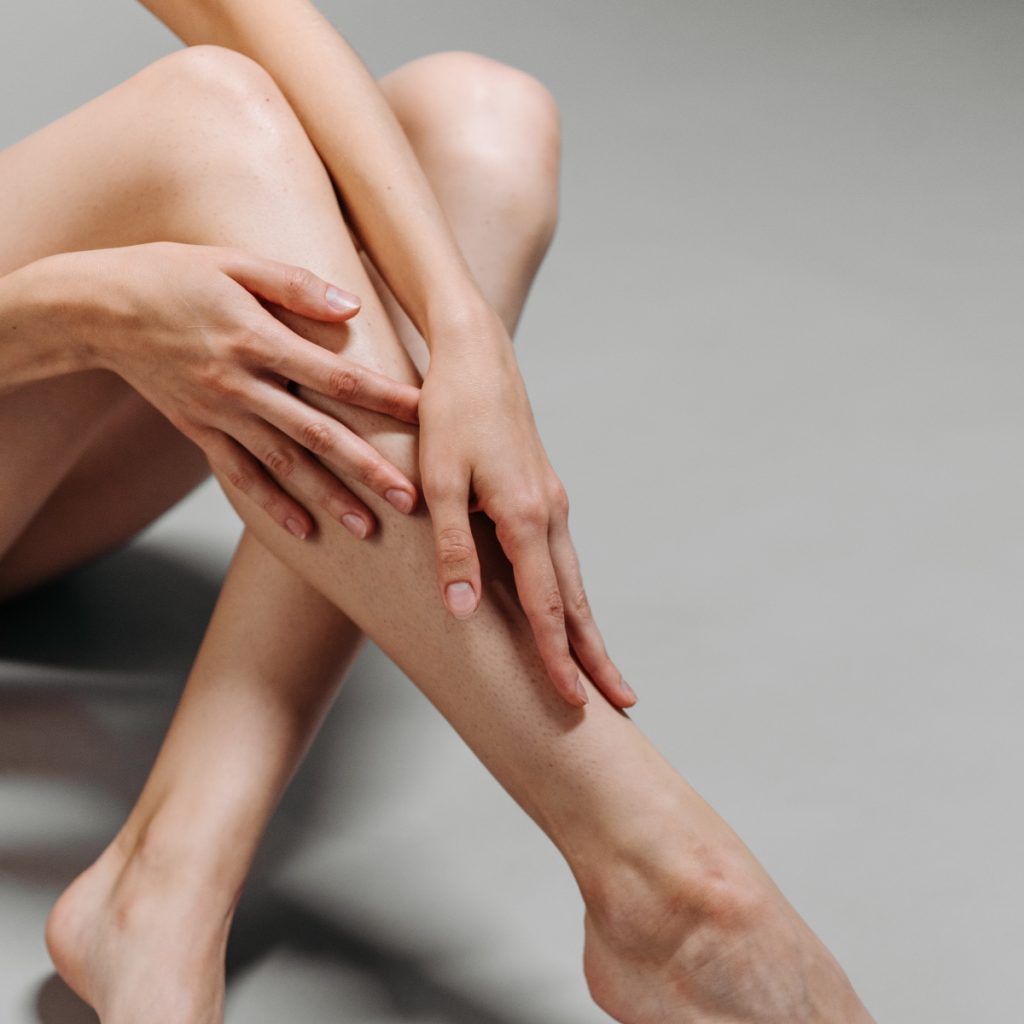
Leg Dots Remedies
🍓 They are called “strawberry legs“, they are very common: these spots are formed because, especially after hair removal, black or red dots form on the legs at the hair follicle, due to inflammation of the hair follicles and debris and impurities that accumulate in the pores. They are especially common in those with dry skin, and in those who suffer from ingrown hairs and folliculitis. If you think there are other causes, we recommend that you consult your dermatologist.
✅ The remedy for those who have dotted leg skin? In order to reduce this blemish, it is essential to scrub your legs at least 1-2 times a week to eliminate dead cells and impurities and take care of your hygiene daily. Check out all the strawberry legs tips here.
Blackheads on the legs
On the other hand, the classic blackheads, those that appear when sebum and impurities accumulate in the hair bulbs and clog the pores of the skin. When this material comes into contact with oxygen and oxidizes, it turns black.
Hurrah! And now you know how to have beautiful legs! 🤩
👉 For you who read the Magazine, -15%, with the code: MAGAZINE15, visit the BeOnMe shop!


